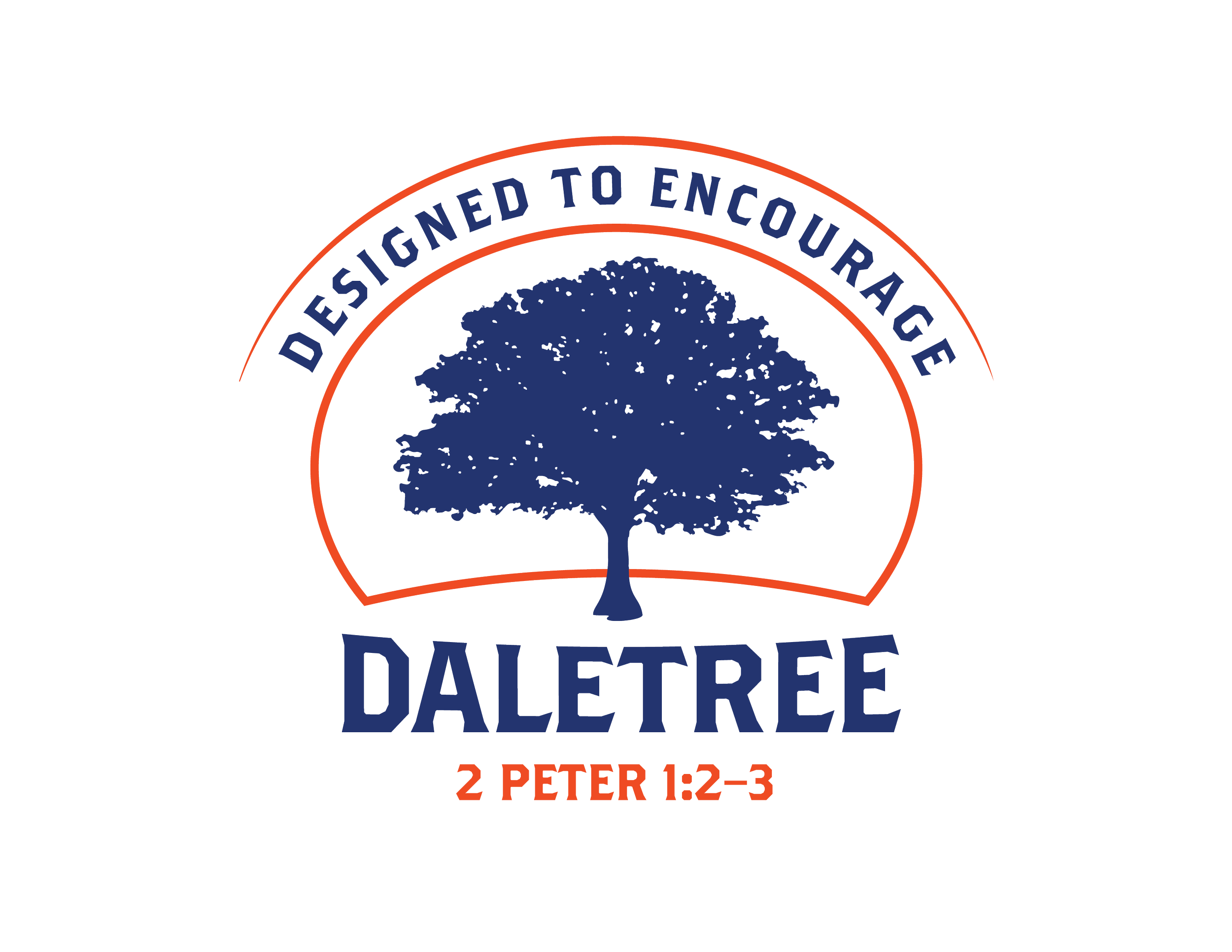Deck Railing
There are three main types of railings you can install on your deck. Those types are metal/aluminum, composite/vinyl, and wood. At DaleTree, we install 2 of those three, metal and wood. In this section we’ll review all three, and any major pros or cons to each one.
Metal/Aluminum Deck Railing
The single most requested upgrade to any of our decks is from a wood railing with black metal spindles to a black all aluminum railing. The reason are many, and it probably deserves it own page. I’ll start with the major highlights.
Pro’s
All metal railings are generally stronger. (Note: I say all metal, because our wood railing installs also have an black aluminum spindle. More on that below.)
With most brands/manufacturers, they are more durable than wood and composite/vinyl railings.
They have less maintenance compared to wood.
If they do get scratches, touch-up paint is usually available and can be blended in.
Most reputable brands will have considerations for accessories (such as lights or gates).
Con’s
Expense. It often is more expensive than wood railing. However, depending on the brand (such as STAR), labor is much less than most other manufactures, limiting the increase in cost to just paying for the materials.
Colors CAN (but with manufacturers like STAR they’re not) be limited to black or white.
They can be very labor intensive when installing. Often, they need to be assembled first and then installed onto your deck. That’s double the labor (which is why we have chosen to be a dealer for MVA, the distributor for STAR railing in the United States.)
Metal railings are a tried and true option for many homeowners. Even with the added expense, it’s an easy win compared to the maintenance required and the look of a traditional wood railing.
Composite/Vinyl Railing
We have installed a number of different types of railing over the years. From our installers point of view, there is a newer TimberTech one that looks very promising. Other than that though they have been very problematic. Which is why as a general rule, we stay away from installing them unless specifically requested by the customer.
Pro’s
Different color options (which you can also get with STAR railing)
A larger variety of styles
We’ve found they have a lower maintenance schedule than wood railings, but not as good as many metal options.
Con’s
They can take as long to install as some metal manufacturers, requiring both assembly and installation.
They’re not as durable in the long run compared to metal and even some wood railings. Especially in the northern climate, they can get brittle in the winter.
The cost is equal to that as many metal railings.
Labor is often more expensive as most require installers to mount 4x4 posts and blocking around those posts in order to make the full kit work.
Because of the additional labor required, the fact we’re in a northern climate, and the advancement of metal railings, we strongly discourage installing this on any houses or multifamily units.
Wood Hybrid Railings
Our most popular railing is our wood hybrid railing.
Highlights:
We install this on both wood and composite decks alike.
On composite decks, we switch the wood top hand rail out for a matching composite one in order to tie it all together.
By default we install side mounted black metal spindles. This is a stronger spindle and won’t pop out as the wood frame drys out and shrinks.
We can also install side mounted wood spindles, which is most common with cedar decks.
This is the least expensive option for our deck projects. With a brown pressure treated wood, the maintenance is often much less when compared to cedar.
Even though this is the cheapest option, it shouldn’t be looked as the lowest quality. This option will provide safety while being able to hold up really well in our northern climate.




